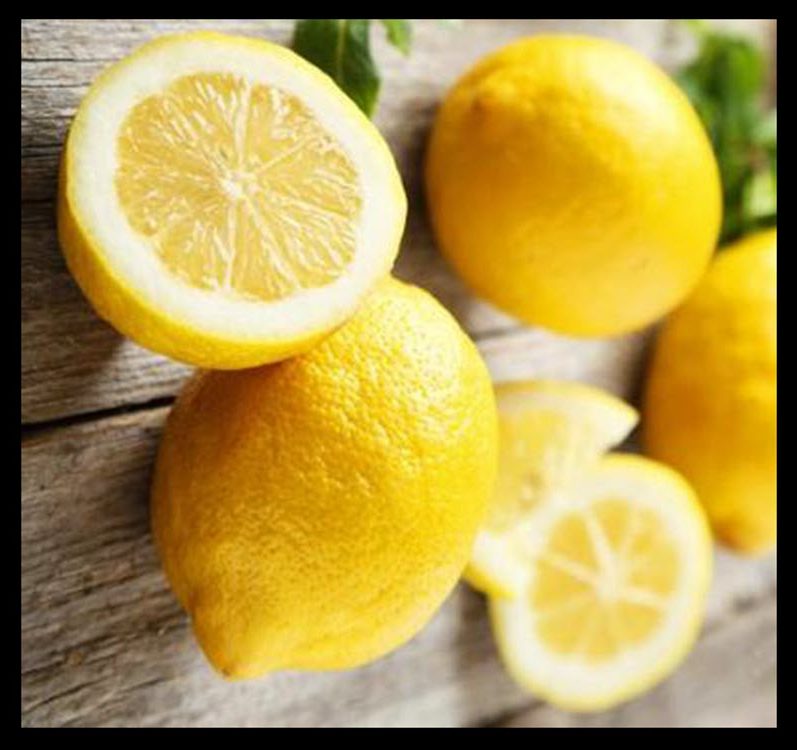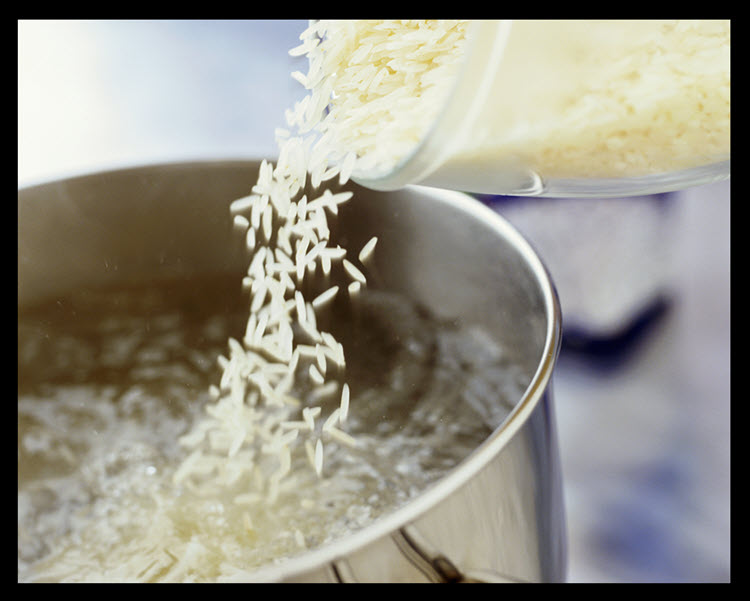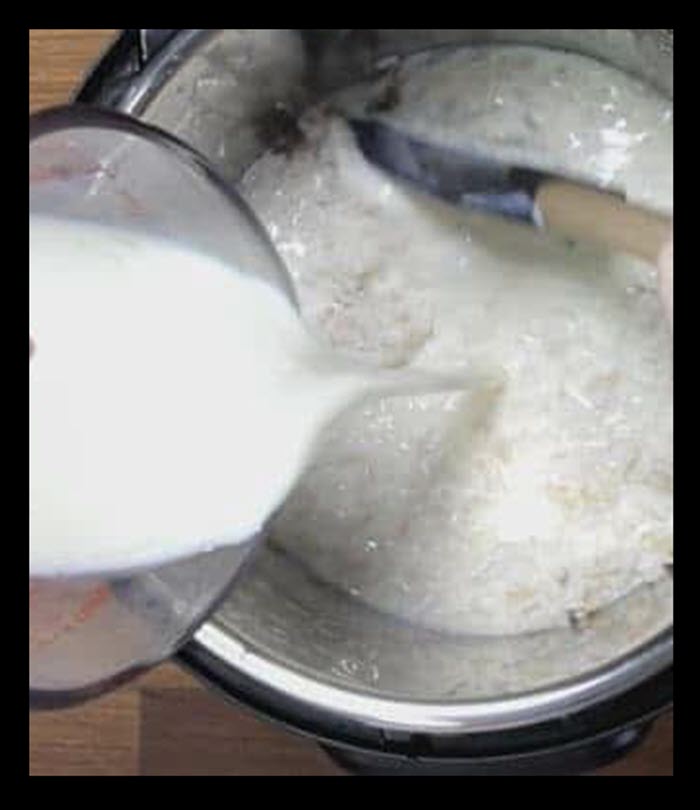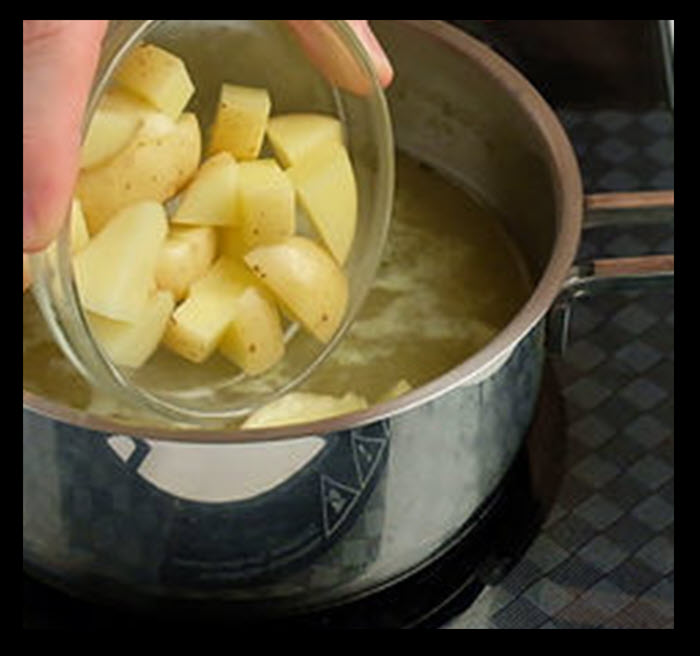Salty rice can not only spoil the rice dish but can also be risky to one’s health. Although salt content in your rice can vary from person to person. But one can really tell if the rice has is salty. If there is excess salt on your rice, it does not necessarily mean that you need to cook another batch of rice. There are different ways on how to fix salty rice and it will be discussed in today’s post.
How to fix salty rice
There are different ways on how to fix salty rice that can help you save your rice, you won’t need to recook the rice.

Fix Salty Rice with Lemon
If you want to fix salty rice, you can use lemon. The citric acid from the lemon helps remove salt on your rice. As a result, the salty taste of your rice will be reduced but at the same time the rice will have a zesty taste that comes from the lemon. If you want that, you can use lemon but if not you can skip this method and proceed with the next one below.
Although most of the time add lemon to dishes can make the dish tastes even better but it depends on the dish because lemon may not be suitable for use as an ingredient in some dishes.
Using lemon to fix salty rice is very easy, you can simply squeeze a minute amount of lemon juice to your salty rice and then stir to mix it. If after squeezing the rice is still salty, you can add some more lemon.

Fix salty rice with Water
Most of the time, when cooking rice one would normally taste the rice and check the progress of the cooking process. That’s the time when we would usually notice if the rice is salty or a bit salty. When that happens, one can easily fix right then and there by simply draining the rice of its water content and use another hot water with no amount of salt. Then you can continue cooking your rice.
But with the rice that is already cooked, you can fix the salty rice by thoroughly rinsing the cooked rice, the method is known as “desalting”. The process is simple and easy, you can place the white rice in clean warm water (no salt water), then drain and repeat the process again until the rice no longer tastes salty. For other salty dishes aside from salty rice, this process will help remove excess salt. Once the dish is not longer salty, you can now proceed in making the dish recipe that you are planning to do with it.

Fix salty rice with milk
Another way to fix salty rice is with milk. Similar to using lemon in fixing salty rice, same goes with using milk in a way that the milk should also work with the ingredients or the dish you will be making with the rice.
Say for example if you are making a dish that is creamy, using milk will fix salty dish. The milk will help dilute the amount of salt in the dish or in this case the amount of salt in the rice.
You can fix salty rice using milk by just adding 1 or 2 tablespoons of milk. Recommended milk are those with high in fat content of the cream, full fat milk and condensed milk. Milk helps in reducing salt levels in the rice.

Fix rice that is salty with potato
Starch is very useful is fixing salty rice by absorb excess salt not only in salty rice but in other salty dishes as well.
Using potato is usually used in salty stews but is helpful to the rice when it is still cooking in hot water. But keep in mind that the use of potato on excess salt dishes or on rice should be at the right timing. This means at the time you realized that the amount of salt on your rice has exceeded or too much, you can fix it right away by using potato to help absorb the excess salt. But if you only noticed it after the rice has already been cooked, using potato to remove or reduce excess salt on rice may not actually work at this time. Adding potato after the rice is cooked will cause the rice to be overcooked or will spoil the rice.
How to use potato:
- Peel the potatoes (as many as you need)
- Boil Peeled potatoes
- Sliced cooked potatoes into small-sized cubes.
- Carefully add to the rice
- Stir to mix them well.
As mentioned, using potato for salty foods works well with stew dishes simply because cooking stews takes a very long time and adding potato can easily help with excess salt while still at the cooking process.
Additional ways on how to fix excess amount of salt in rice:
Fix rice that is salty by adding more rice
Although the amount of rice to cooked will be changed, adding more rice will help fix over salted rice by mixing the salted rice and the unsalted rice. Despite you leaving more rice leftovers because of too much cooked rice, still you can have a good and delicious rice rather than having a salty rice.
Adding more rice helps salty rice by decreasing the amount of salt since it will mix with the other batch of rice that was added and the salt will at the same time mix with the unsalted rice.
Keep in mind that when you add another batch of rice, make sure that the texture is close to the “already” cooking rice. Also, make sure no amount of salt or extra seasonings will be added.
Fix rice that is salty by adding vegetables
There are vegetables that can help absorb or decrease the amount of sodium on your rice. Vegetables such as carrots, avocados, peas, broccoli, tomatoes, corn and cauliflower are an excellent salt absorber. Aside from helping remove or decrease excess salty food or salty rice, the delicious meal will also be healthy as well.
You can choose whichever vegetables you like according to your own preferences.
Make use of Tofu
Tofu is not only an excellent ingredient in most dishes but works well with salty food (in this case, rice that is salty.) as well.
Since tofu is rich in protein content, it does not only removes too much salt in your dish or rice but is also healthy as well.
Add Apple Cider Vinegar
Another substitute to lemon in fixing salty rice is using apple cider vinegar. Since it is acidic it can help balance the amount of salt on your rice and improves the salty flavor. But make sure the the vinegar goes well with the salty food.
To fix excess salt in rice using vinegar, follow the steps below:
- After the rice is removed from cooking, add a few drops of apple cider vinegar.
- Stir to thoroughly mix vinegar and rice.
- Make sure to taste the rice. If desired taste is achieved, serve the rice. If the rice is still salty, you can add more vinegar to the rice. It may take a few drops for the salty rice to taste as a perfect rice.
Although vinegar can help reduce salt n your rice, too much vinegar can also destroy the taste of the rice. Therefore make sure to just place a few drops at a time. You can easily identify if too much apple cider has been added if the rice will tastes bitter. Make sure to take your time and just put a few drops then taste the rice until desired rice is achieved.
Under season other foods
If at some point, you we’re not able to lessen or decrease the excess salt on your rice the next thing you need to do is to under season other foods that will be added to your rice such as meat.
Under seasoning simply means making sure not to add more season to your meat and other foods items if it will be used with your rice that is salty, it also means not using salty sauces with your dish and by simply removing pepper and salt to other foods items.
Although you may need to lessen your rice intake at this point but it may work if rice that is salty cannot be saved.
This is probably the last resort that you can try if you are having issues with your rice that is salty.
Conclusion
As we are all aware, the human body need sodium but too much sodium or even too little amount of sodium in our diet is not healthy. It can lead to health issued such as heart diseases, increased in blood pressure and also lead to stroke.
Therefore we have to make sure that the amount of sodium is just the right amount, not too much and not too little.

